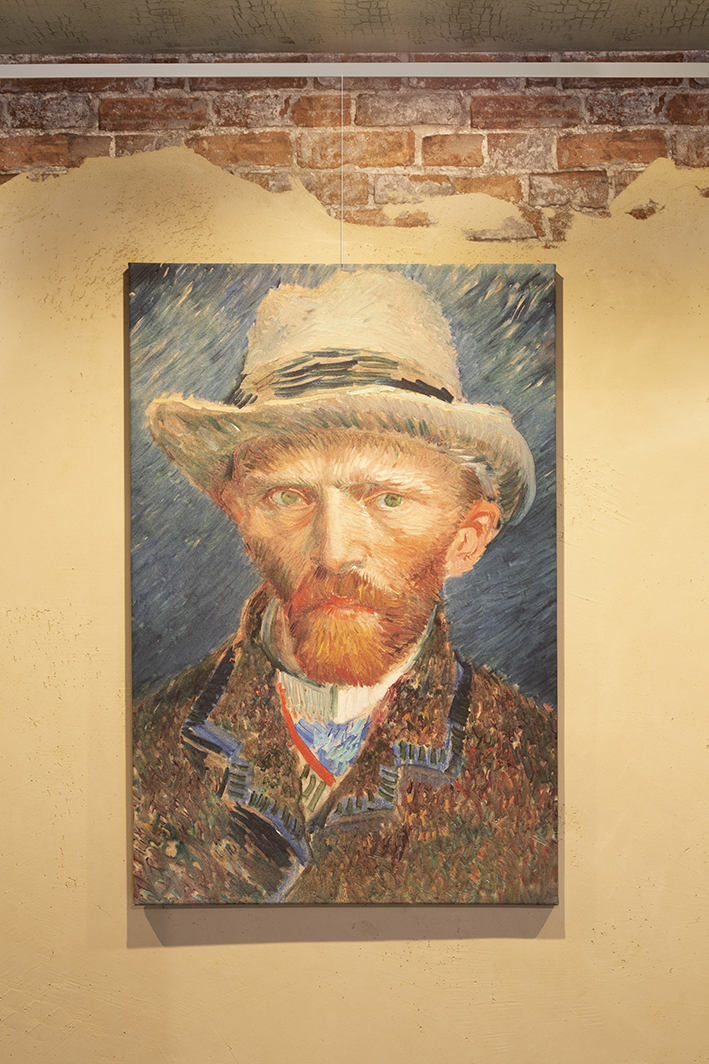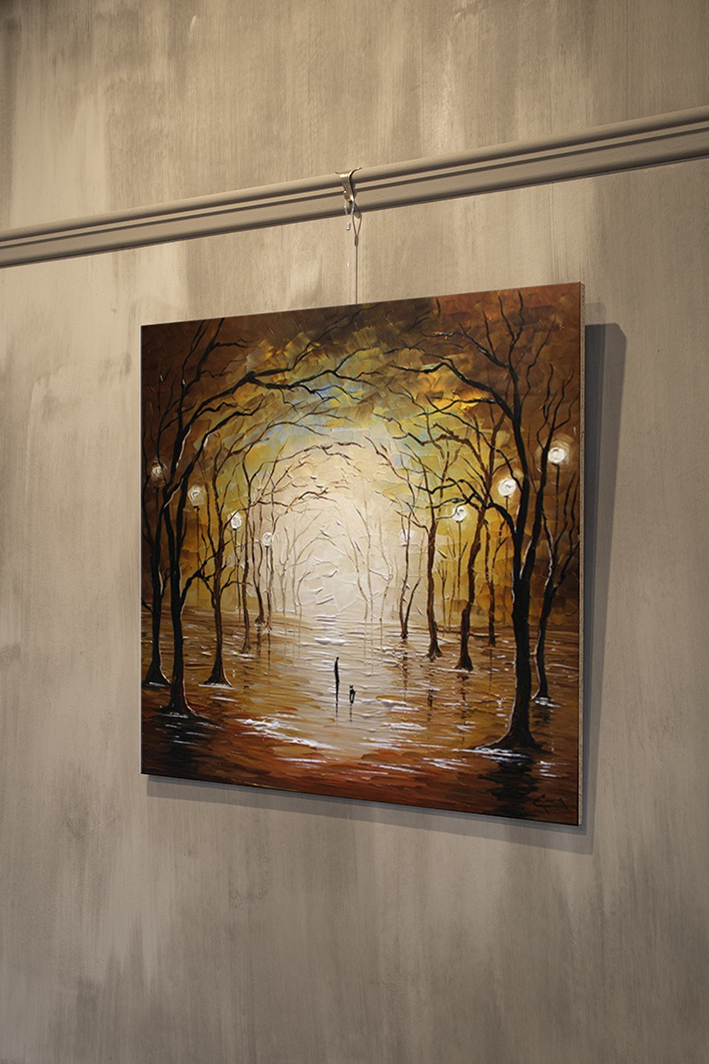When you've made the decision to invest in an art piece you love, it's worth the effort to keep your paintings in good shape. Over the years, paintings can collect dirt, grime and stains. Cleaning your paintings is a delicate job and your precious paintings should look their best!
Let's start with the note that when you are unsure if you will be able to clean your painting, always consult a professional. Really old paintings with flaky paint are really difficult (if not impossible) to clean at home. Seek advice on how to treat your painting before you do damage which cannot be repaired. Since you can't use alcohol to clean your paintings without potentially damaging the artwork, you might be wondering what products to use and how to do this at home. That's why we collected the best ways to care for, clean, and maintain your artwork!
How to clean an oil painting
Oil paintings have a very sensitive surface and require a delicate approach. To clean the surface of an oil painting from dust and dirt it's best to use a dry and soft paintbrush. Start at one of the top corners and work your way to the bottom. Swish the paintbrush lightly back and forth across the surface. When you work from top to bottom you'll make sure the dust is removed instead of just moved around across the painting. Oddly enough many art experts recommend that the safest way to remove stains or grime from your painting is by using your own saliva. Make sure not to eat or drink anything for half an hour before trying the saliva method. Use a Q-tip to collect saliva from your mouth. Start with a small piece in the corner of your painting to test if it doesn't leave any marks. When this all goes well, you can continue to clean the rest of the painting piece by piece with multiple Q-tips. Use a new Q-tip when you notice that it's getting dirty since you don't want to smudge this dirt over the rest of your painting.
When this technique isn't enough to clean your oil painting, a gentle cleanse with a white cotton cloth soaked in water might work. Q-tips to gently clean the crevasses in a painting are also highly advised. However, be gentle with paintings that have thick impasto. You wouldn't want to break the hardened paint.
Tips on how to clean an oil painting
1. Use a dry and soft paintbrush to remove dust or dirt from top to bottom
2. Use a Q-tip to collect saliva from your mouth
3. Start with a small piece in a corner to test if it doesn't leave any marks
4. Clean the rest of the painting piece by piece with multiple Q-tips
5. Add a gentle cleanse with a white cotton soaked in water if the steps before don't work well enough
6. Use Q-tips to gently clean the crevasses in a painting. Be gentle with art that has thick impasto!
How to clean a painting on canvas
Oil paintings or acrylic paintings on canvas can be cleaned with gentle liquid soap and a white cotton cloth. Olive oil-based soap works great as well. Again; be gentle with paintings that have thick impasto.
How to clean an acrylic painting
Acrylic paintings have a longer life span than oil paintings. They develop cracks less often and are more resistant to aging and pressure as well. They do, however, attract dirt more easily than oil paintings. This is caused by the electrostatic charges on the surface of acrylic paintings. Acrylic paintings can be cleaned with gentle liquid soap and a white cotton cloth. Olive oil-based soap works great for cleaning your acrylic painting as well. Extreme temperatures (hot ánd cold) can cause an acrylic painting to crack. Try to maintain a normal room temperature to keep your painting at its best.
How to clean an old painting
If you're able to clean an old painting depends on the state of this painting. If the old painting is in a fair condition with no flaky or cracked paint, you can start with dusting the painting with a dry and soft paintbrush. Start at one of the top corners and work your way to the bottom. Swish the paintbrush lightly back and forth across the surface. Since an old painting might be very fragile, the safest way to clean an old painting is the saliva method. Use a Q-tip to collect saliva from your mouth and start with a small piece in the corner of your old painting to test if this doesn't leave any marks. When all goes well, continue with this technique to clean the rest of the old painting. Use a new Q-tip when you notice that it's getting dirty. If your painting is too flaky, cracked, or in any other way just too fragile to clean; bring your old painting to a professional and have it professionally cleaned!
Tips on how to clean an old painting
1. Use a dry and soft paintbrush to remove dust or dirt from top to bottom
2. Use a Q-tip to collect saliva from your mouth
3. Start with a small piece in a corner to test if it doesn't leave any marks
4. Clean the rest of the painting piece by piece with multiple Q-tips
5. Is your painting too flaky, fragile or cracked? Bring it to a professional!




